Birmingham/Worcester-based artist Suzie Hunt is about to embark on an exciting residency at Birmingham Museum & Art Gallery. A top emerging Fine Art graduate, she will continue to develop her innovative installation-based work, which uses digital technology to explore, and map out, our relationships with place. At once delicate, and yet powerfully projected, she creates her own hidden worlds, directing data and imagery from her personal journeys into space. In this exclusive interview, she explains her engagement with, and digital reconstruction of, the shifting boundaries within Birmingham, and beyond.
Q: Which themes have developed during your 3 years of studying at Birmingham School of Art?
A: At the start of my degree I was fairly fixed in my way of making; I was comfortable with the more traditional skills of painting and drawing, along with some knowledge of construction. However, the module ‘Poetics of Stuff’ moved me beyond my comfort zone, as it encouraged me to explore, for the first time, how found objects and their behaviour generate meaning, particularly through installation and assemblage.
I began to focus on the themes of memory and past experiences embedded in place. ‘Blurs’ is an image I made by layering every image I had taken throughout my life in chronological order. Then, in second year, I moved the theme of memory and layering into installation with ‘Finding Home’, made up of 1400 photographs, taken when exploring a new place over a series of 8 days. These photos were then placed on a wall in 8 columns (to represent the 8 days) with low tac adhesive, so they would gradually fall off, replicating the experience of a new place and how memory builds, what falls off and becomes short term and what stays put, becoming long term.
Moving away from the focus on memory, I then began to look more at the experience of a place, with pieces such as ‘Cone’ and ‘Traffic Barrier’, in which I studied how myself and others interacted with Birmingham, finding order through the creation of grids, recording symmetry, building collections, recording data, and making sense through the creation of my own worlds.
Q: So your work has been influenced by the changes around you in Birmingham?
A: When I first moved from Droitwich to Birmingham to study Fine Art, I saw a city that refuses to stand still, forever growing and changing. I started to notice how the temporary builds in Birmingham impacted the flow of the city. With building work came a variety of objects, in particular traffic barriers and traffic cones. Mundane objects, placed temporarily, framed that space and controlled the way we interacted with it; through my work I questioned the attitudes and unwritten rules formed in that environment and our behaviour within it.
‘Cone’ focuses on an isolated world hidden from passers-by only to be seen when looked through its telescopic like structure. The cones stop us exploring what we know and confront us with something new and unrecognisable to the viewer. Drawn in by its vivid orange hue and varying centre point, each cone highlights the world we know but allows us to appreciate and see it in an entirely new light. The immersive experience turns something ordinary into something of value and worth a person’s gaze.
‘Traffic Barrier’ again looked at framed spaces but in particular drew attention to the objects which naturally accumulate over time in a temporary situation, each casting a case study of the people where it resides. In areas with lots of offices there were large quantities of coffee cups and painkillers in the barriers. By casting it, the objects became something to look into, understand and epitomise each location, freezing moments in an ever-changing city.
Q: Which artists do you take inspiration from?
A: Richard Wentworth: in his ongoing series ‘Making do by Getting by’ he documents the everyday, paying attention to the objects and uncanny situations that often go unnoticed. He deals with deliberately altered space, generated by the humans who don’t conform to the rules. By transforming and manipulating found objects into works of art, he subverts their original function and extends our understanding of them by breaking conventional systems of classification.
Gabriel Orozco: he creates art from what he encounters in his everyday life, as I have endeavoured to do. He explores philosophical conundrums through random encounters, mutability of forms and spatial relationships, allowing the viewer to readdress their interactions with the everyday and mundane.
Vija Clemins: I am drawn to how and why she uses printmaking, which impacts more widely on her practice. Take photographs as subjects for her work, she strips them of their original sources and context, reassembling them in a new media. Her pictorial spaces withhold any sense of orientation, confronting the viewer with the total experience of whatever she depicts. In particular I was drawn to her prints of the night sky and how she chose to transform them; through the use of Photo etching, aquatint and dry point. I have a quote from Vija Clemis:
I have millions of night sky images and they are all unsatisfactory. They’re all flat photographs until they are printed. I like that printed quality. It’s my job to make them satisfying and put them in the world as real textural objects. I’m re-describing the image in another medium that’s real and has some substance.
This is something that I tried to convey when I created ‘Constellation’, generated from flat 2D GPS tracking imagery.
Q: ‘Constellation’ is part of your most recent body of work ‘Universe of Oddities’ – can you tell me more about the ideas behind it?
A: ‘Universe of Oddities’ is based on the exploration of the train stops – there are 16 – between Worcester and Birmingham, which form my regular commute. We often only consciously know our start and stop destination, unaware of the blur that passes us by. When put somewhere new, I try to make sense of it by documenting, recording and measuring my findings, and creating my own worlds, and places I then have control over. Through my own process of self-discovery, collection and order, I also try to encourage the viewer to experience it for themselves.
Included in this body of work is the piece ‘Constellation’, which consists of 16 photo etchings, based on GPS maps generated from walking at each stop. It intrigued me how when we explore places we are often given a map, but whilst exploring by your own means you create your own mental map of regular routes and sights. Constellations are a group of stars which form a pattern in the sky with boundaries. Much like my maps, they are seen as a group of points with boundaries connecting them up, and all that is contained within that boundary is what we know.
The use of print allowed me to turn my creations into real textual objects, affirming their existence. The photo etchings gave me a print with texture, indicating substance, whilst the process of acid bathing and hand rubbing the ink into each plate gave each print its own individuality. Taking this further, I varied the choice of ink tone and colour – I used 6 different blacks and created 3 variations of each; red for heavy polluted night skies and blue for clearer night skies. This moved them away from the notion of the mass produced, commonly used map and brought them back to the individuality of the mental map.
‘Constellation’ is displayed as a line going from one train stop to the next or on opposing walls to open up a conversation between the start and stop points. This allows the journey to progress as the viewer reads from either end, depending on where the journey starts for them. Simply by taking a closer look, we can discover all that truly lies in our world. What’s unusual, curious, strange, but different, seen as remarkable, but out of place in a vast world, a ‘Universe of Oddities’.
Q: I can also see the part that emerging digital technology has played in your practice. Do you think artists need to engage with this?
A: Personally, I feel the growth of technology is beneficial for artists, whether you use it to make your work more visually spectacular or make a comment on how our world is becoming more and more technology-based, less natural and shaped by the technology that surrounds us.
As an artist who explores various places and buildings, the growth in technology allows me to record things I wouldn’t have thought possible. For example, ‘Constellation’ started out from a GPS tracking app, which meant that I was able to record instantaneously, and for free, my route to Birmingham.
Q: I know you are going on to an artist residency at Birmingham Museum & Art Gallery – congratulations! What are your plans for the time you will spend there?
A: During the month-long residency I shall make artwork with BMAG based on the gallery environment and the activity that occurs within it. Taking inspiration from my previous piece ‘Constellation’, I will utilise GPS tracking to make maps of the museum and the public’s interaction within it, and I’ll do this through the engagement, and help, of the public.
To find out more about Suzie Hunt you can visit her website here – http://suzieeh.wixsite.com/suzieelizabethart – , where she has a portfolio of her most recent art work across photography, video, printmaking, installation, painting & drawing.
Interview by Ruth Millington: www.ruthmillington.co.uk

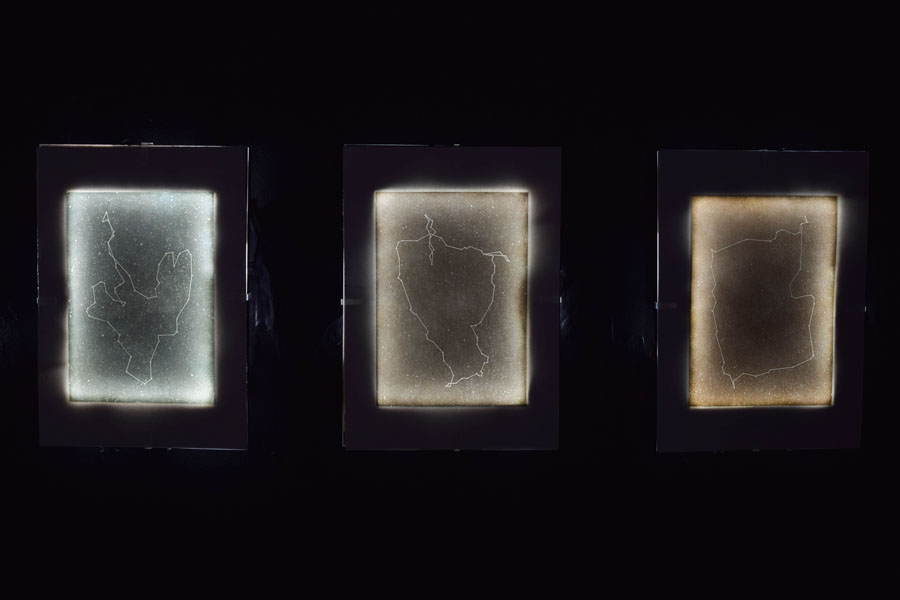
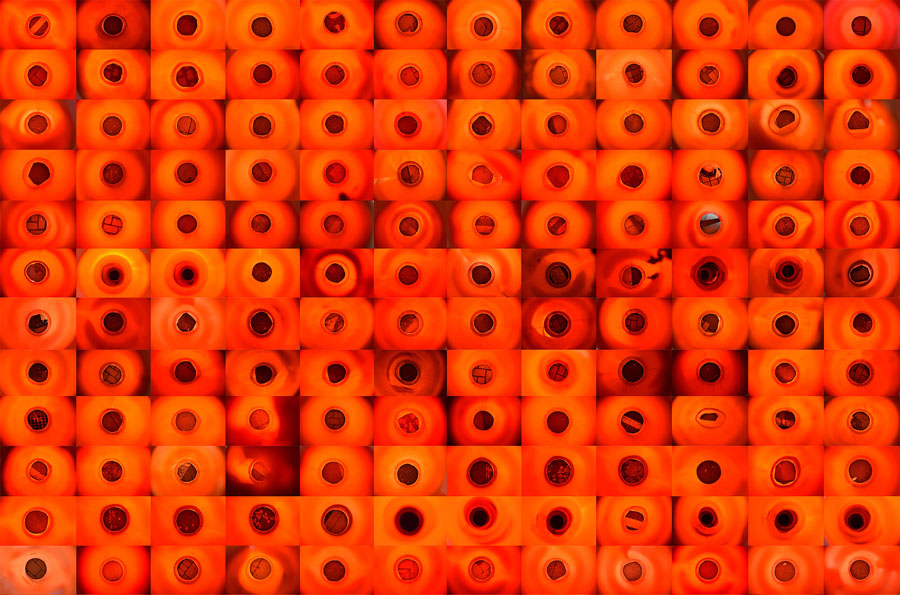
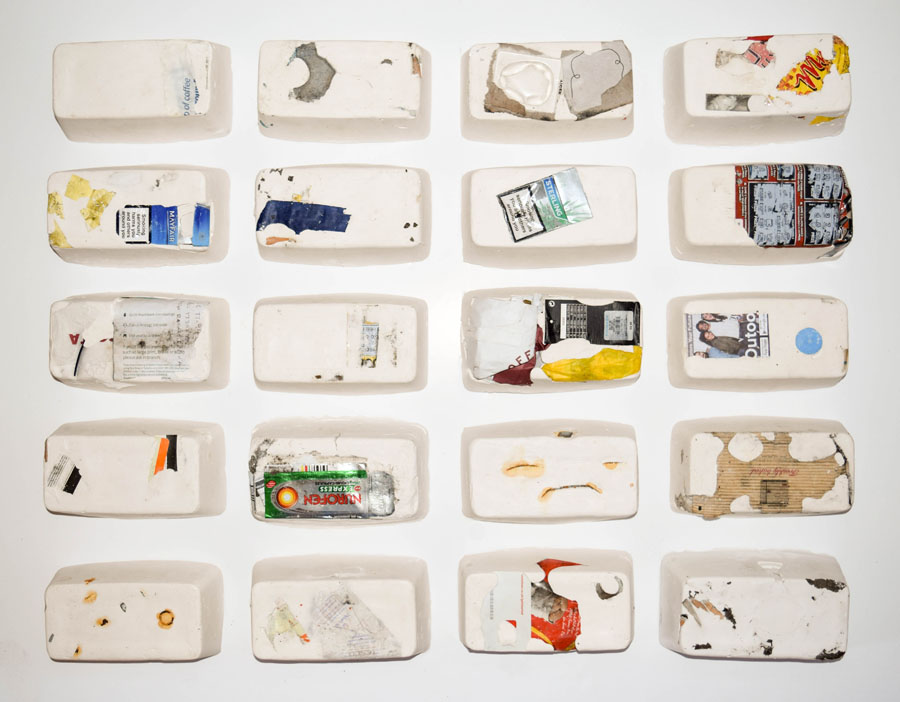
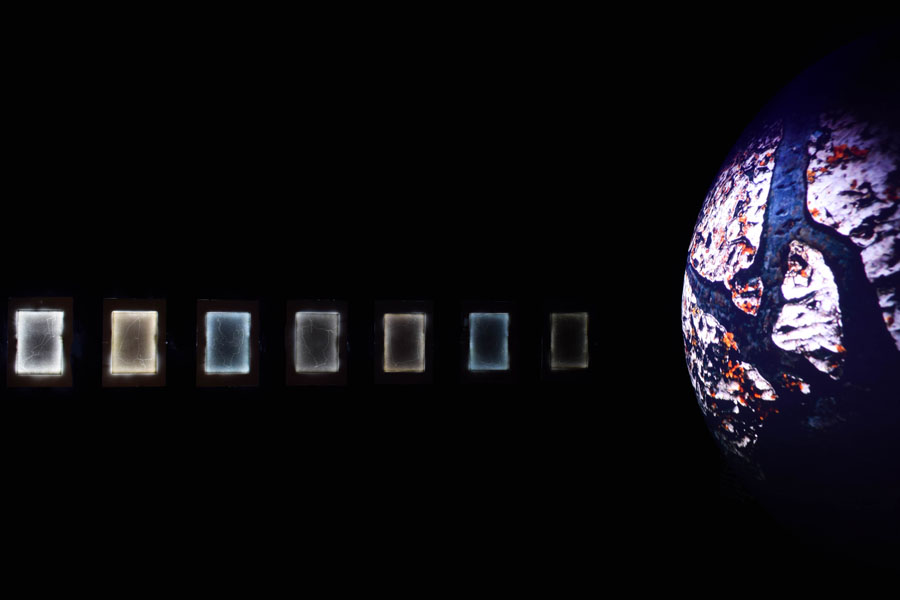
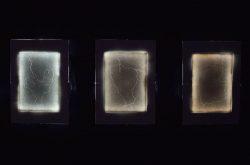
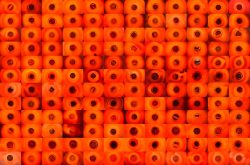
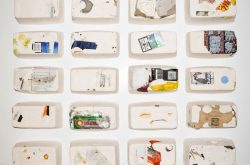
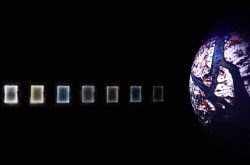
Reviews are disabled, but trackbacks and pingbacks are open.